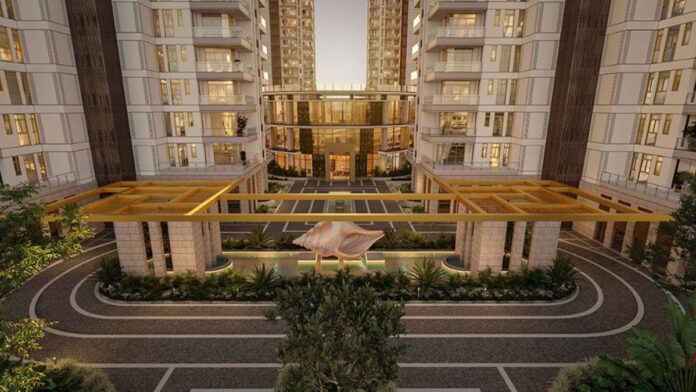In India’s rapidly-expanding urban landscapes, a noticeable shift is underway—the gradual disappearance of traditional four-side open residences. Once common in cities like Mumbai, New Delhi and Bangalore, these homes, celebrated for their unrestricted access to sunlight and fresh air, are increasingly being replaced by high-rise apartment complexes and compact housing units. This trend, driven by the pressing need for space optimization and vertical development, is reshaping the architectural fabric of Indian cities and raising concerns about the environmental and mental health implications for residents.
According to industry experts, in recent years, homebuyers’ preferences have undergone a noticeable shift, with increasing demand for more spacious, well-ventilated homes that offer ample natural light and airflow. This evolving trend has encouraged developers to explore alternative design concepts, particularly in the premium segment, where features like wrap-around balconies spanning multiple sides or even fully open residences on all four sides are gaining attention.
“Interestingly, this trend is not limited to major cities; select Tier-2 markets are also experiencing it, driven by homebuyers transitioning from independent houses to apartments in amenity-rich gated communities. These buyers seek a balance between openness and exclusivity—homes that replicate the villa-like living experience while offering the convenience of an apartment. Cities such as Gurugram, Ahmedabad and Jaipur, among others, have already seen the emergence of such projects where apartments having warp-up balconies on two or more sides or are open on all four sides. While this concept is not yet mainstream, it is slowly resonating with discerning homebuyers who prioritize openness and a villa-like living experience,” says Renuka Kulkarni, Head of Research, Square Yards.
Also Read: Income Tax Bill 2025: How is the new tax law different from the old one?
Ravi Shankar Singh, Managing Director, Residential Transaction Services, Colliers India, says four-side open residences are becoming popular offering in some ultra luxury projects. “In this format there can be only one apartment per floor serviced by a central core. Typically, such apartments come in large formats offering complete privacy with dedicated private lift lobbies and panoramic views of the city. Apart from the large space and privacy, the ultra rich prefer this format for the enhanced natural light and better ventilation. These formats are most popular in city centers of our metros where land is scarce.”
The shift away from four-side open residences can be attributed to multiple factors.
» Read More


